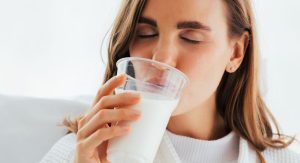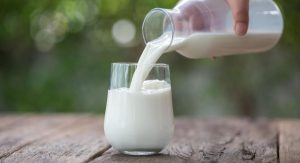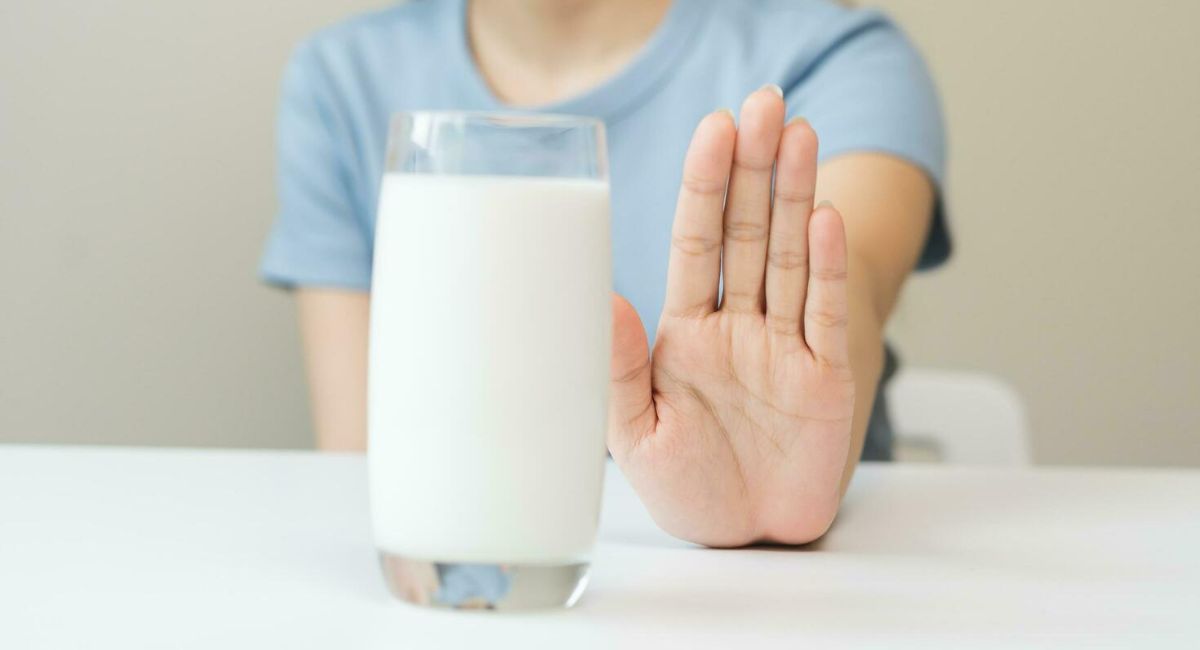Introduction – Why This Matters More Than You Think
Picture this: You’ve just had a tooth removed. You’re home, still feeling a little woozy from the dentist’s chair, and your stomach starts rumbling. You open the fridge and see a cold glass of milk calling your name. It seems harmless — maybe even comforting — but then you wonder, “Wait… is drinking milk after tooth extraction safe?”
If you’ve been in this situation (or you’re preparing for it), you’re not alone. This is one of the most common recovery questions people have after dental surgery. The last thing you want is to accidentally slow your healing or cause discomfort simply because you didn’t have the right information.
This guide will cover everything you need to know: when it’s safe to drink milk, what happens if you drink it too soon, the science behind recovery nutrition, alternatives to try, and practical tips you won’t hear in most generic dental aftercare sheets.

Understanding Tooth Extraction Recovery
Before we answer the milk question, let’s quickly understand what your mouth goes through after a tooth extraction.
When a tooth is removed, your body immediately starts forming a blood clot at the extraction site. This clot is essential — it protects the exposed bone and nerves, and it’s the foundation for new tissue to grow. Disturbing this clot can lead to dry socket, one of the most painful complications of dental extractions.
The healing process generally has three stages:
- Initial clot formation and swelling (first 24–48 hours)
- Tissue repair and gum closure (days 3–7)
- Full bone healing (weeks to months)
During these stages, what you eat and drink matters a lot. That’s where milk — and dairy products in general — come into play.
Can You Drink Milk After Tooth Extraction?
The short answer: Yes, but with important timing and preparation considerations.
Milk itself isn’t harmful to the healing socket. It’s a soft, liquid food, so it won’t mechanically irritate the wound. However, there are three main factors to consider:
- Temperature — Ice-cold milk may feel soothing, but extremely cold drinks can sometimes increase sensitivity or cause mild discomfort right after surgery.
- Bacteria and fermentation — Dairy can leave a residue in your mouth, and if you can’t rinse vigorously for the first 24 hours, bacteria can multiply more easily.
- Mixing with certain medications — If you were prescribed antibiotics like tetracycline, milk can reduce their effectiveness because calcium binds to the drug.
The Best Time to Reintroduce Milk

- First 24 hours — It’s best to avoid milk and other dairy products right away. Stick to clear, cool liquids like water or diluted juice.
- Day 2 onward — If your pain is minimal and you can swallow comfortably, you can start having milk in moderation, preferably lukewarm or at room temperature.
- Beyond a week — Most people can return to normal dairy consumption, including milkshakes and yogurt, without worry.
Benefits of Milk During Recovery
Once it’s safe to consume, milk can actually help your healing process:
- Protein for tissue repair — Casein and whey in milk provide essential amino acids for rebuilding gum tissue.
- Calcium and phosphorus — Support bone regeneration in the extraction site.
- Gentle on the mouth — If not ice cold, milk is smooth and doesn’t require chewing.
Potential Drawbacks and Misconceptions
Some people believe dairy “causes infections” after dental surgery. This isn’t entirely accurate. The concern isn’t that milk directly causes infection — it’s that dairy residue may stick to the wound if your oral hygiene is limited in the first day or two.
Another misconception: “Milk soothes swelling immediately.” While it may feel cooling, milk has no direct anti-inflammatory effect. Your swelling will naturally go down as healing progresses.
How to Safely Drink Milk After Tooth Extraction
If you decide to have milk after the first day, follow these tips:
- Avoid using a straw — The suction can dislodge your blood clot and cause dry socket.
- Go for lukewarm or cool (not ice-cold) milk — Gentle temperatures are easier on healing tissue.
- Rinse lightly after — Wait about 30 minutes, then swish gently with lukewarm salt water to clear residue.
- Keep it plain — Skip sugary syrups or cocoa powder in the early days to avoid feeding oral bacteria.
Real-Life Examples
- Case 1: Sarah, 27, avoided milk for two days post-extraction, then started drinking small amounts with oatmeal. She healed smoothly without discomfort.
- Case 2: Daniel, 35, had a milkshake with a straw the same day as his extraction. By day 3, he developed severe pain from dry socket.
- Lesson: It’s not just the milk — it’s how and when you drink it that matters.
Mistakes to Avoid
- Drinking milk immediately after surgery
- Using a straw within the first week
- Pairing milk with very hot or very cold foods that stress the wound
- Forgetting to rinse gently after dairy consumption
Alternatives to Milk for Early Recovery
If you want the nutrition of milk without the potential risks in the first 24 hours, try:
- Oat milk or almond milk (lukewarm, unsweetened)
- Clear bone broth for protein and minerals
- Non-dairy protein shakes without added sugar
- Smooth applesauce for gentle carbs
Industry Insights – What Dentists Recommend
Many dentists now suggest waiting 24–48 hours before any dairy simply because of the cleaning challenge in the early healing period. After that, milk is generally fine — especially if paired with proper oral hygiene and gentle rinsing.
FAQs
1. Can I drink chocolate milk after tooth extraction?
Yes, but avoid it in the first 24 hours and choose lukewarm, low-sugar versions.
2. Does milk help stop bleeding after extraction?
No, milk doesn’t affect bleeding. Biting on gauze is the best method.
3. Can dairy cause dry socket?
Not directly, but residue buildup combined with poor cleaning can increase risk.
4. Is warm milk good for pain relief?
It may feel soothing, but it doesn’t have true pain-killing properties.
5. Can I mix milk with protein powder right after extraction?
Only after the first day, and avoid very gritty powders that could irritate the site.
Final Takeaway
Drinking milk after a tooth extraction isn’t a strict “yes or no” — it’s about when and how you have it. Skip it for the first 24 hours, then reintroduce it in gentle, lukewarm amounts while keeping your mouth clean. Done right, milk can be a nourishing part of your healing process, not a setback.
Listen to your body, follow your dentist’s instructions, and focus on foods and drinks that make recovery easier — not harder.


1 thought on “Drinking Milk After Tooth Extraction: Tips You Should Know”
Comments are closed.